Understanding the Components and Crafting Process of a Tibetan Singing Bowl
.jpg)
Tibetan singing bowls, originating from Tibet and Nepal, are ancient instruments used in spiritual practices and meditation for their profound mind, body, and spirit benefits. Crafted from metals like copper and tin, these bowls produce resonant sounds and are gaining modern popularity in holistic wellness practices.
Introduction to Tibetan Singing Bowls
Tibetan singing bowls, also known as Himalayan singing bowls, hold a rich cultural heritage dating back centuries in the mountainous regions of Tibet and Nepal. These singing bowls have a rich cultural and historical significance. These bowls are more than just simple musical instruments; they are admired artifacts deeply connected with spiritual practices and traditions in Tibetan and Nepali culture. As we go on this journey to understand the components of a singing bowl, let's first explore their profound significance in Tibetan-Nepali culture. These ancient bowls are not just objects of aesthetic beauty; they are admired for their ability to produce harmonious sounds that exceed the physical world, touching the depths of one's soul. In Tibetan Buddhist rituals, meditation, and healing ceremonies, Tibetan singing bowls are believed to profoundly affect the mind, body, and spirit.
The sound produced by these bowls is often compared to the universal sound of Om(ॐ), symbolizing the interconnectedness of all beings and the harmony of the universe. For centuries, Tibetan monks and practitioners have used the resonance of singing bowls to induce states of deep meditation, promote spiritual growth, and stimulate healing. These bowls embody centuries-old wisdom, spirituality, and reverence for the natural world. Through our exploration, we aim to gain a deeper appreciation for these sacred artifacts and the traditions they represent.
Anatomy of a Tibetan Singing Bowl
Tibetan singing bowls possess a unique and complicated anatomy, consisting of several key components that work harmoniously to produce enchanting sounds. The anatomy of a Tibetan singing bowl comprises the rim, body, and base, each contributing to the production of its distinctive sound. From the resonant vibrations of the rim to the reverberations within the body, every component plays a vital role in creating the harmonious tones that characterize Tibetan singing bowls. Understanding the function of each part provides insight into the elaborate craftsmanship and sonic properties of these ancient instruments. In this section, we will dive into the anatomy of a Tibetan singing bowl, exploring the roles of its three main parts: the rim, body, and base.
The Rim:
The outermost edge of a Tibetan singing bowl is its rim, typically thick and rounded(The rim thickness differs in different singing bowls. For e.g., In the Om Sajan Singing Bowl Black edition, the "Jhumka Batti" design is used– a technique that doubles the thickness on the edges). When you strike or gently rub it with a mallet, this rim vibrates, casting the bowl's primary sound. Its curved shape and smooth surface ensure perfect contact with the mallet, allowing for the creation of deep, resonant tones. Acting as the bowl's primary resonator, the rim enhances vibrations, resulting in a sustained, captivating sound.
The Body:
The singing bowl's body, which contains the bulk of its mass, forms the main hollow chamber. As vibrations travel from the rim through the body, they resonate and reverberate, adding depth and complexity to the sound. The body's thickness and material composition play a crucial role in shaping the tonality and quality of the sound produced. Acting as a secondary resonator, the body amplifies and enriches the vibrations generated by the rim, contributing to the bowl's overall resonance.
The Base:
The base of a Tibetan singing bowl is its flat or slightly rounded underside, offering stability when positioned on a surface. Although not directly involved in sound production, the base is essential for maintaining the bowl's balance and stability during use. Its smooth surface enables the bowl to rest securely on different surfaces, preventing wobbling or tipping and ensuring consistent sound quality. The base of the singing bowl is placed on a special ring-shaped cushion that provides a comfortable resting place for the bowl.
Crafting Process
Crafting Tibetan singing bowls is an art deeply rooted in tradition, passed down through generations of skilled artisans. These craftsmen employ time-honoured techniques to create instruments that resonate with profound beauty and spiritual significance. Some bowls, like the Full Moon Singing Bowls by Santa Ratna Shakya in Kathmandu, have great cultural significance and a very specific crafting process under the light of the Full Moon. Also, many other bowls go through religious rituals, associating planets and celestial bodies. Here, we offer an overview of the traditional methods used in crafting Tibetan singing bowls, providing insights into the detailed craftsmanship and techniques that define the creation of singing bowls.
Handcrafted Mastery:
These singing bowls undergo careful handcrafting by artisans in regions of Tibet and Kathmandu, who utilize centuries-old techniques sharpened over time. Skilful craftsmen intricately shape the metal using hammers, chisels, and various hand tools, instilling each bowl with distinctive personality and resonance. Handmade singing bowls are admired by enthusiasts for their uniqueness and quality.
Metalworking Magic:
The crafting process starts with carefully selecting metals, usually a fusion of Copper, Tin, Iron, Lead, Zinc, Silver, and Gold, prized for their acoustic qualities and long-lasting nature. These metals are melted and poured into moulds, then carefully hammered and moulded into the iconic bowl shape, often using a blend of heat and manual craftsmanship to attain the preferred thickness and resonance. Different types of singing bowls have different thicknesses, and custom orders are carefully handled.
Precision Tuning:
After shaping the bowl into its initial form, artisans precisely tune it to achieve the desired pitch and tone. This complicated tuning process entails precise hammering of specific areas of the bowl to modify its frequency. As a result, harmonics and overtones are created, enriching the bowl's sound with a depth and complexity characteristic of singing bowls. Skilled artisans can custom-make bowls to sound a particular frequency, which requires specific metallic composition, bowl thickness, and hammering techniques.
Finishing Touches:
Following the tuning process, the bowl receives meticulous finishing touches to enhance its appearance and sound quality. Artisans may decorate the surface with decorative engravings or intricate patterns, elevating its aesthetic appeal and cultural significance. Carved singing bowls have Buddhist chants and other religious symbols carved on their surface. Bowls such as Full Moon singing bowls and Om Sajan singing bowls have branded logos to differentiate them. These final decorations add to the bowl's allure, making it a truly captivating work of art.
Spiritual Significance:
Throughout the crafting journey, artisans inject each bowl with purpose and reverence, infusing it with spiritual significance and healing energy. Crafting Tibetan singing bowls exceeds mere craftsmanship; it is a sacred work that represents the profound wisdom and traditions of Tibetan culture. Thus, each bowl becomes a vessel of spiritual resonance and cultural heritage.
Materials Used
Traditionally, Tibetan singing bowls are crafted from a blend of metals, predominantly copper and tin, for their unique acoustic properties and durability. Copper, with its malleability and excellent resonant qualities, forms the foundation of the bowl. At the same time, tin, with its higher density, adds depth and richness to the sound. These metals are meticulously selected for their ability to produce the distinct, soothing tones characteristic of Tibetan singing bowls. In modern singing bowl production, artisans may incorporate other materials to enhance the bowl's resonance or aesthetic appeal. For example, small amounts of additional metals, such as zinc or iron, may be added to modify the sound quality or achieve specific tonal characteristics. Some artisans also experiment with alternative materials, such as bronze or brass, which offer different sonic qualities and visual aesthetics.
Furthermore, contemporary techniques may involve the use of advanced machinery and tools alongside traditional handcrafting methods. While the core materials remain true to tradition, modern innovations allow artisans to refine their craftsmanship and explore new possibilities in singing bowl production. Overall, the materials used in crafting Tibetan singing bowls honour the rich tradition of metalworking while embracing innovation and creativity. Whether fashioned from traditional copper and tin or incorporating modern elements, each singing bowl remains a testament to the enduring legacy of Tibetan culture and craftsmanship.
Artisans and Craftsmanship
At the heart of Tibetan singing bowl craftsmanship are the skilled artisans whose dedication and expertise bring these revered instruments to life. These craftsmen are makers and guardians of tradition, entrusted with the deep responsibility of preserving centuries-old techniques and cultural heritage. These artisans, often trained from a young age in the complexities of metalworking, possess a deep understanding of the materials and techniques essential to crafting Tibetan singing bowls. They meticulously shape and tune each bowl with precision and care, drawing upon ancestral knowledge passed down through generations.
Their craftsmanship is a testament to the rich tapestry of Tibetan and Nepali culture, reflecting ancient wisdom and spiritual traditions. Each bowl bears the imprint of its maker, infused with purpose and reverence that transcend the physical world. Beyond mere craftsmanship, the creation of Tibetan singing bowls is a sacred practice, embodying the spiritual essence of Tibetan culture. For these artisans, crafting singing bowls is a profession and a calling—a deep expression of devotion and reverence for the divine. Nowadays, crafting singing bowls is a lost art. Very, few expert artisans remain in Tibetan regions and Kathmandu Valley in Nepal.
Modern Day Significance
Tibetan singing bowls have regained popularity due to the growing interest in holistic wellness practices. They are now commonly used in meditation, yoga, and sound therapy sessions, offering relaxation and stress relief. These bowls are also employed in therapeutic settings for pain management and trauma recovery. While anecdotal evidence supports their benefits, ongoing scientific research aims to better understand their effects on health. Overall, there are many benefits of Tibetan singing bowls and they serve as instruments of wellness and healing, providing a break from the chaos of modern life.
Conclusion
The blog dived deep into the resurgence of interest in Tibetan singing bowls, driven by the growing awareness of holistic wellness practices. These bowls are incorporated into modern wellness routines like meditation and sound therapy, offering relaxation and stress relief. Moreover, they're increasingly used in therapeutic settings, aiding in pain management and mental health support. While their benefits are well-documented, ongoing research seeks to understand their efficacy scientifically. As readers explore the intricate components and rich history of Tibetan singing bowls, they're encouraged to experience their profound effects firsthand, embracing the harmony and healing they offer.

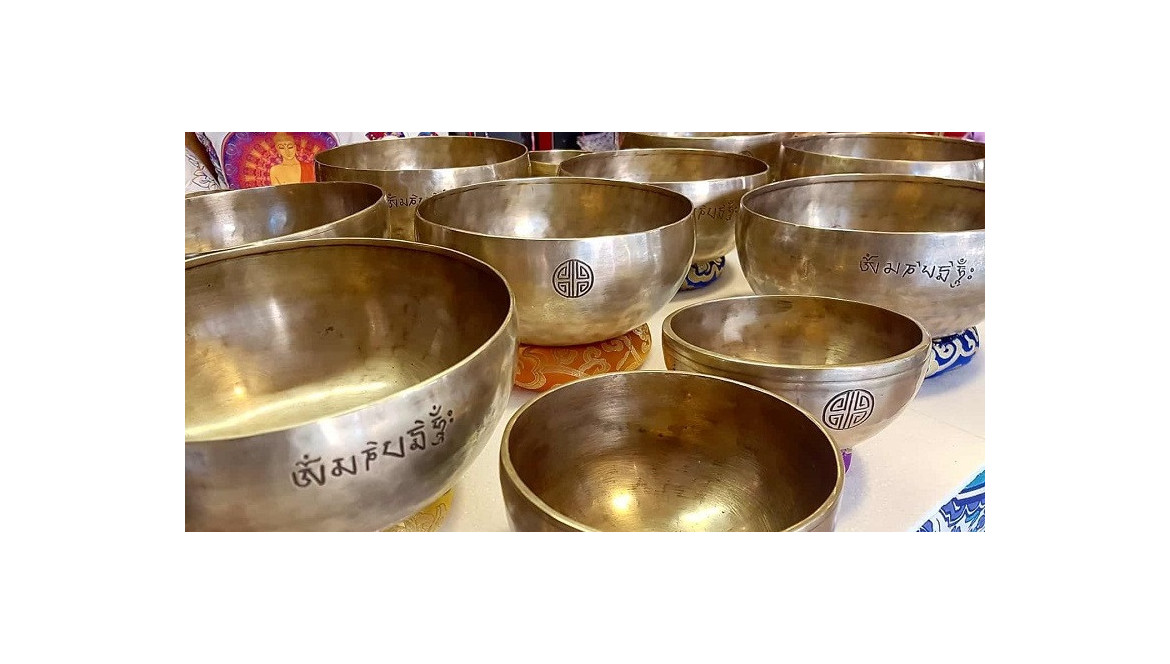
.jpg)


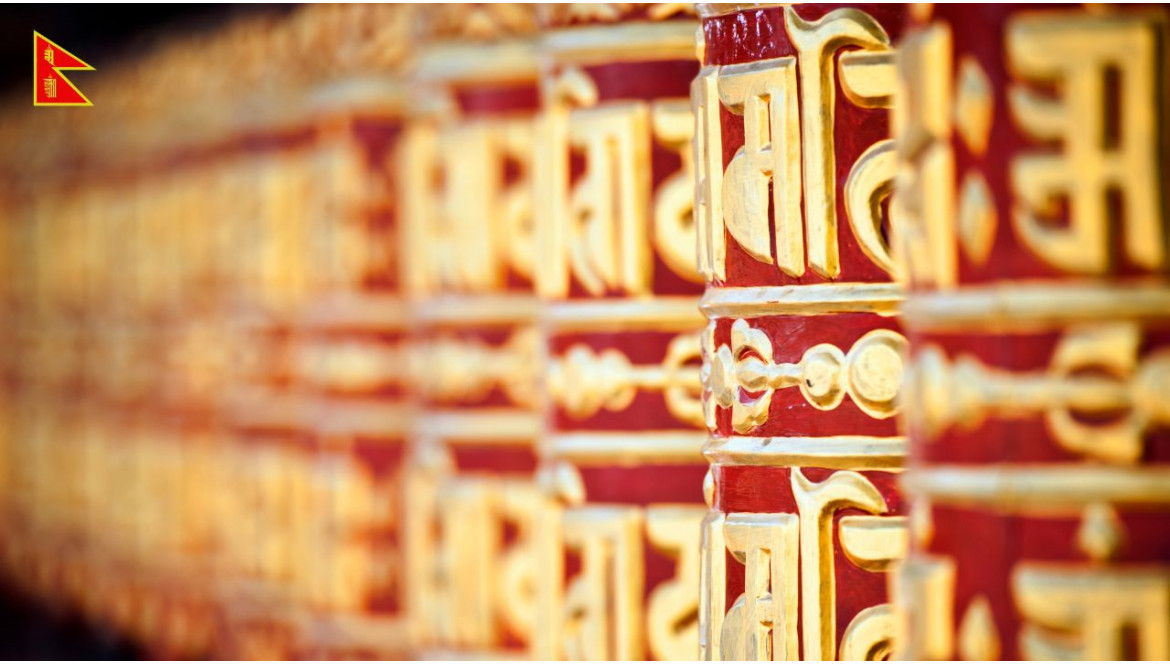
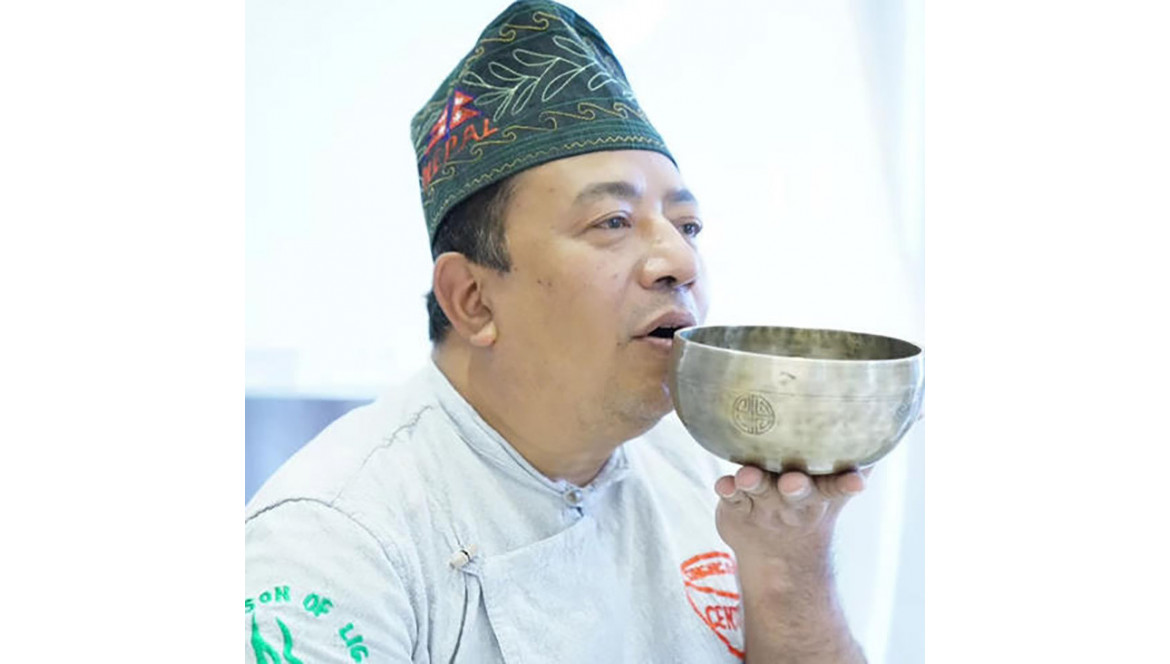
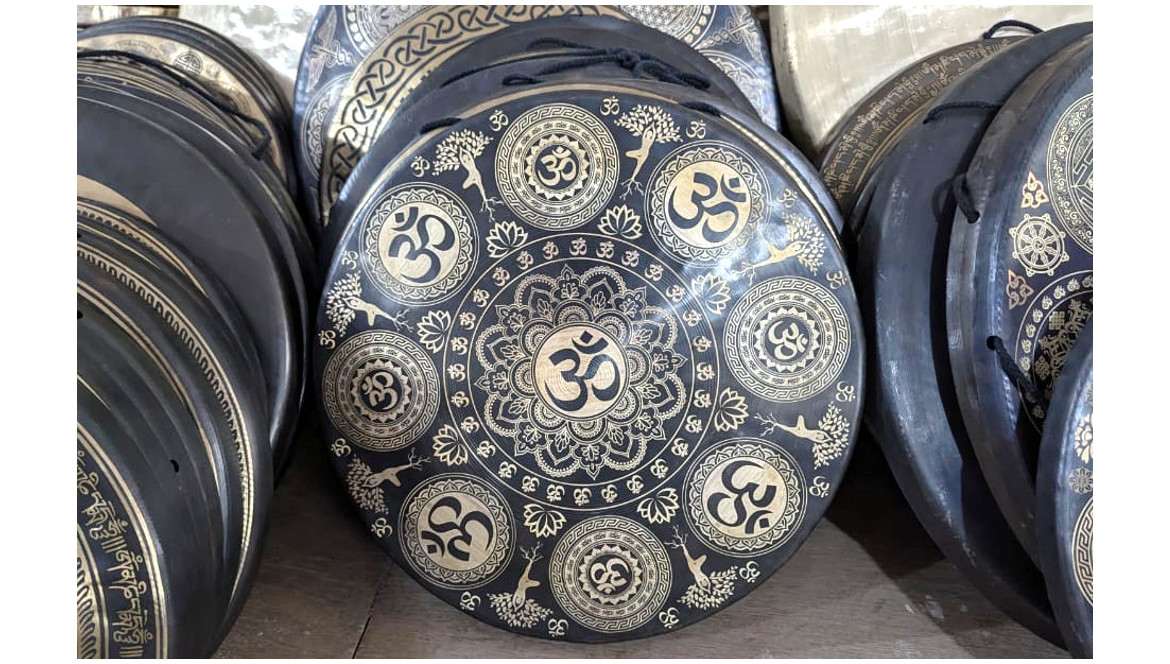
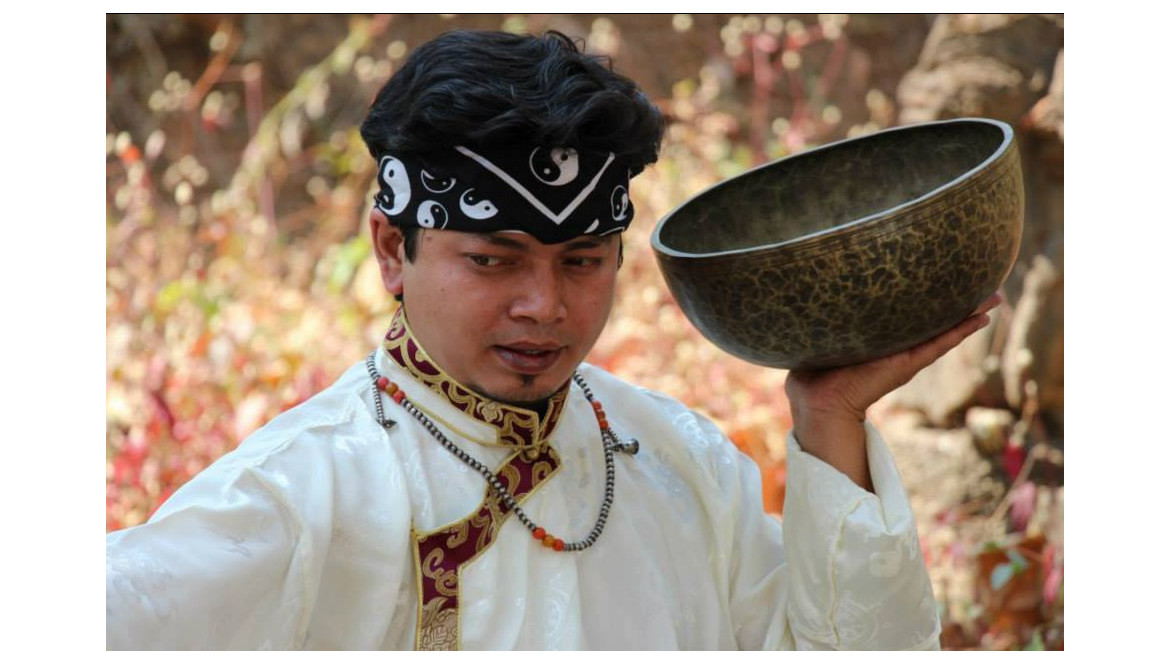
Comments
No comment at this time!
Leave your comment